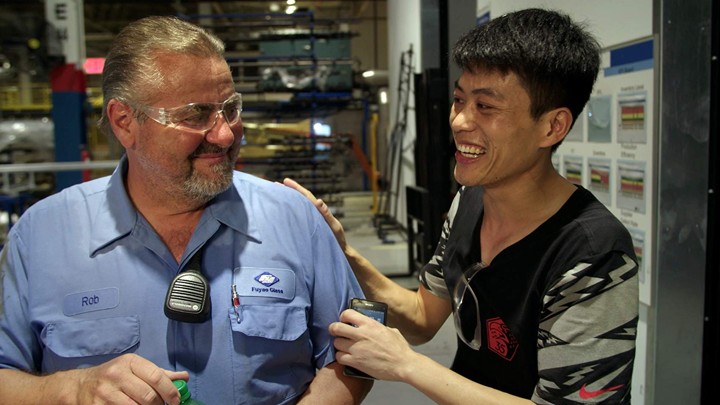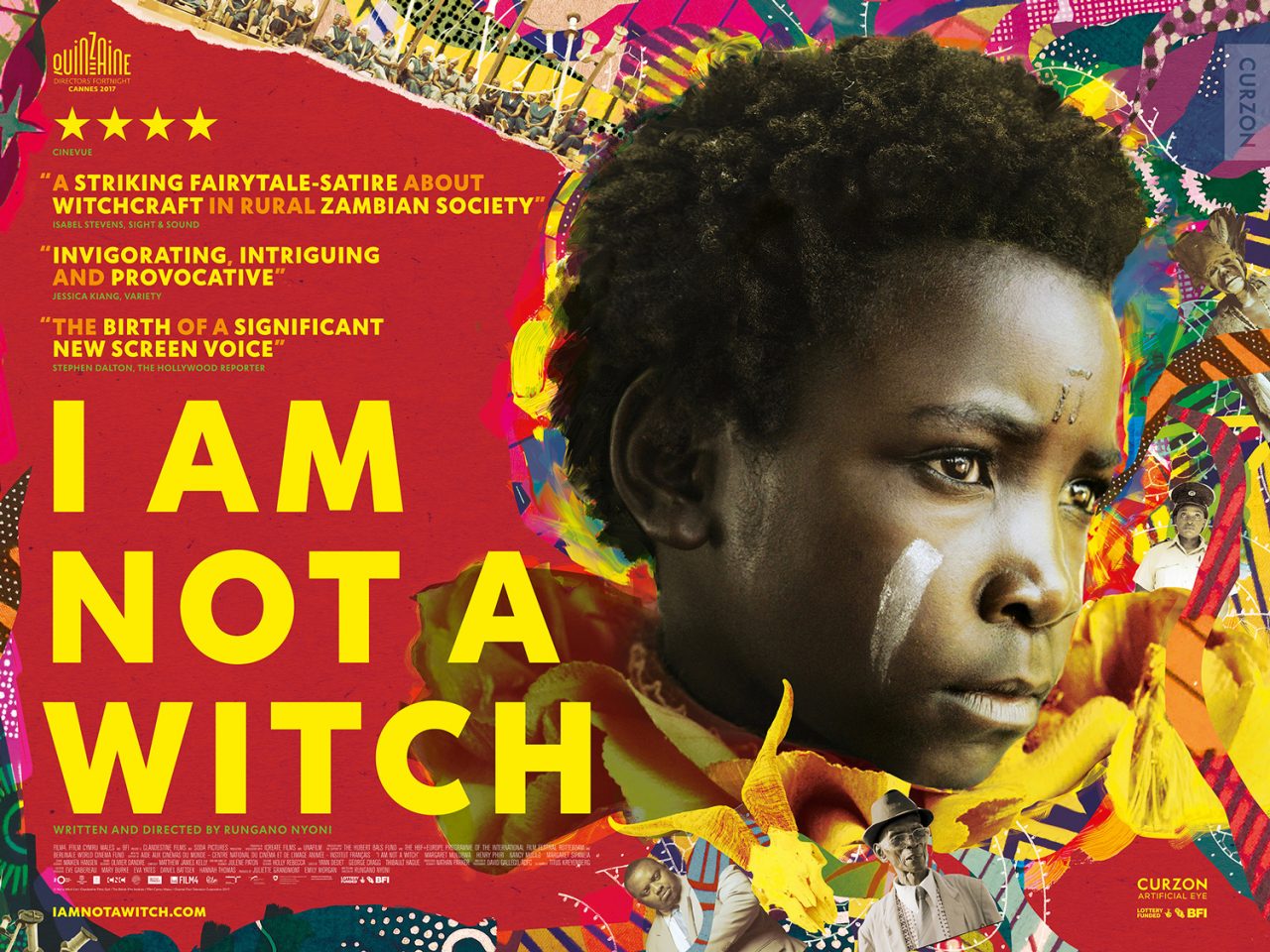Last semester, Barbara Piperata was a guest speaker at a community International Affairs Scholars meeting and talked about there research work concerning the link between food insecurity and mental health, especially the mental health of women in Latin America. The talk interested me a lot, as I have never deeply thought about how food insecurity could affect mental health, and decided to attend one of her talks again for a Science Sunday hosted by the College of Arts and Sciences. Although her presentation included much of the same information she presented to the Scholars group, I was reminded how important this topic is, and learned a little more based off of the questions others asked her.
Piperata started off by defining food security, which “exists when all people at all times have physical and economic access to sufficient, safe, and nutritious food that meets their dietary needs and food preferences for an active and healthy lifestyle. Food insecurity when this statement is not the case, and there is currently a rise in food insecurity with 26% of the world population in this position, which equates to about 2 billion people. 98% of these people live in LMIC (Lower-Middle Income Countries), and women and children are most at risk. When food needs are not met, there are multiple impacts, such as increased risk for chronic diseases, increased risk for negative pregnancy outcomes, and increased healthcare costs. The main impact that Piperata focused on was increased negative health impacts, and this is important to her because “people who are not mentally healthy cannot contribute to society productively.”
She conducted research on this topic in Leon, Nicaragua, the second largest city and home of the largest university of the country. She explored these questions:
- Is food insecurity associated with poor mental health among Nicaraguan mothers? Does social support influence this relationship?
- How does food insecurity undermine maternal mental health?
Piperata focused on 434 households, and gave each one two questionnaires on food accessibility and mental health. From these questionnaires, she found that 25% were food secure, 50% were low insecure, and 25% were high insecure. She also observed participants and held six focus groups, each of 45 women. From all of this data, she found that women in mildly insecure households have a 43% higher rate of mental distress, and women in moderately/severe insecure households are 2x as likely to have anxiety and/or depression. She also found that having a social network was associated with reduced mental illness, but did not act as a buffer to food insecurity. The spouse was of no help, as the husband is often out working and does not see the kind of distress food insecurity causes in women. The only factor that proved to have a large and significant effect on reducing mental illness in women was having parental help. This help also served as a buffer, as parents feel more responsible to help their children in times of trouble.
From the focus groups, she found three main themes as well. The first was “La lucha,” or “the struggle,” as food insecurity is a chronic threat that never seems to stop and constantly gnaws at the women. This gnawing can have sever effects over time. The second theme was that there is a stigma attached to not being able to provide for their families. Because of this stigma, women socially isolate themselves and feel like they cannot share their struggles because they may be made fun for it. Tapping into their social networks undermines their mental wellbeing in the long term, as they feel like a failure for not being able to provide themselves. The third theme was that women have a role identity and consistently feel like they are unable to fill it when they cannot provide. Their highest priority is being a mother, and they often blame themselves for not fulfilling this role, even though there are many other factors that limit their ability to fulfill this role such as not being paid enough.
I think that all of the information at Piperata brought up is important, even though the women she focused on in her research live in a different part of the world. There are 40 million people in the U.S. who are food insecure, and 16.5% oof people in Franklin County don’t know where their next meal will come from or do not have the ability to get food. There are people all around the world and in our own region struggling with these issues, and ultimately suffering far more than physical pain and distress. Food is a basic necessity, and there should be ways for everyone around the world to have access to it, as in the U.S. alone a high percentage of food goes unused anyway. Someone asked Piperata how to more effectively alleviate food insecurity, and she posed the answer that we simply pay people what they deserve.
I think that this answer shows that solving the issue of food insecurity goes beyond simply making sure there are markets or grocery stores at which to buy food; the solution will come from systematic change in wages and opportunity. It will take advocacy from everyone, not just those who themselves are food insecure, to start to solve this problem. It may take many steps to achieve a world where no one goes hungry and no one worries about where they will get food, but I believe there are small goals to accomplish to be on our way.













 Since taking a film class my senior year of high school, I have been very interested in film and the different ways in which it can tell a story or cause people to think a little bit more upon a certain subject. On October 24, I went to the Gateway Film Center to watch a screening of a new movie called “I Am Not A Witch” and I have not been able to stop thinking about it this past week. The film is about a young girl in a Zambian village who is accused of being a witch, and is therefore sent to a witch camp where is attached to a white ribbon to keep her from flying away. She is given a choice: remain a witch tethered to her ribbon spool, or cut the ribbon and become a goat at risk for being slaughtered and eaten.
Since taking a film class my senior year of high school, I have been very interested in film and the different ways in which it can tell a story or cause people to think a little bit more upon a certain subject. On October 24, I went to the Gateway Film Center to watch a screening of a new movie called “I Am Not A Witch” and I have not been able to stop thinking about it this past week. The film is about a young girl in a Zambian village who is accused of being a witch, and is therefore sent to a witch camp where is attached to a white ribbon to keep her from flying away. She is given a choice: remain a witch tethered to her ribbon spool, or cut the ribbon and become a goat at risk for being slaughtered and eaten.